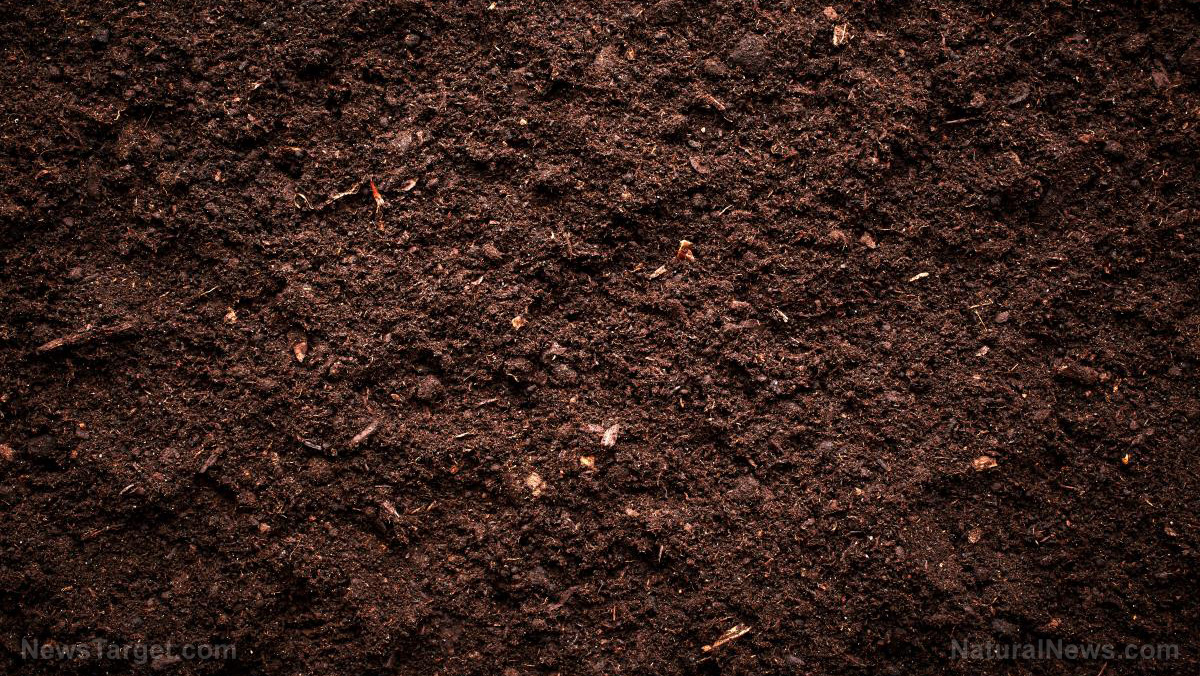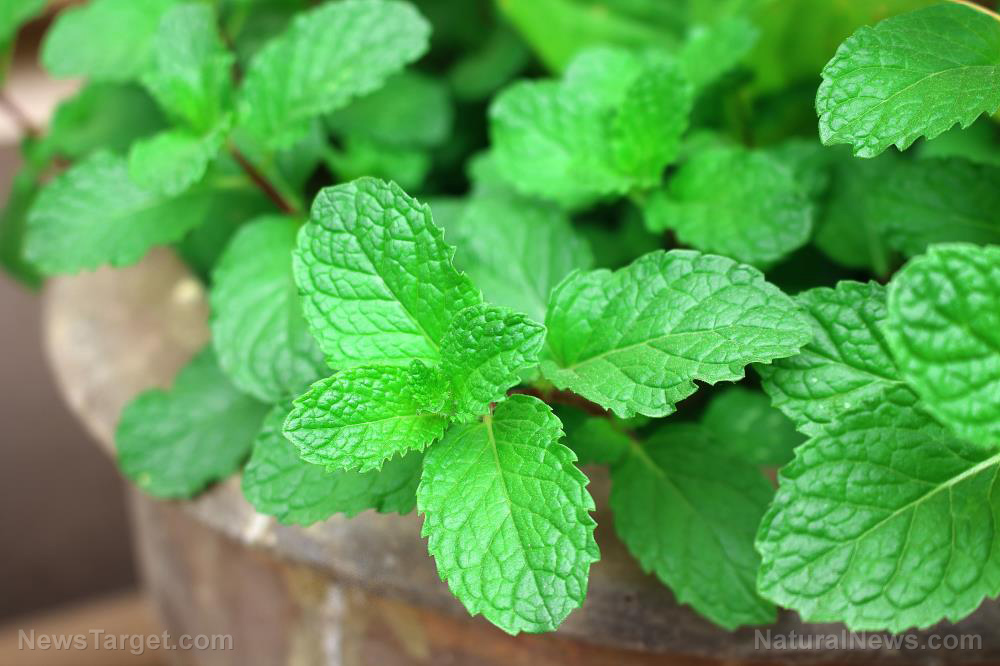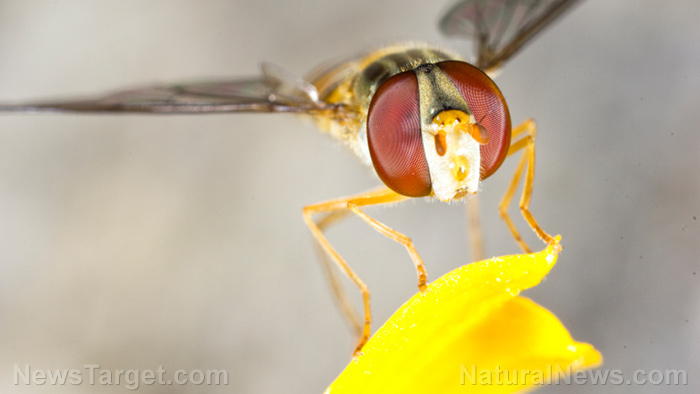Disease-causing bacteria attack tomato and pepper plants by injecting a protein that manipulates nutrients and hormone balance
10/06/2018 / By Edsel Cook

Xanthomonas bacteria are known to damage economically important crops by using destructive effector proteins that break down plant cells. Recently, a German research group discovered the specific means by which one of these effectors interrupted a plant’s nutrient supply and disrupted its hormones, reported a ScienceDaily article.
The researchers hail from four respected German institutions: Martin Luther University Halle-Wittenberg (MLU), the University of Bonn, the University of Freiburg and the Leibniz Institute of Plant Biochemistry (IPB). They were led by Professor Ulla Bonas, a plant geneticist from MLU who authored the study.
Dr. Bonas’ group has been studying the interaction between pathogenic bacteria and plants for years now. They focused on the Xanthomonas genus of gram-negative bacteria, which primarily attack tomato and pepper plants.
Earlier work by their group established that Gram-negative bacteria like Xanthomonas possess a specialized secretion system that acts as a syringe on the molecular level. This system allows a bacteria to inject a group of harmful proteins called “effectors” into plant cells.
“This protein cocktail weakens the plant’s defenses and allows the bacteria to multiply inside the plants,” explains Dr. Bonas.
Another bacteria with a similar system is Legionella pneumophila, the pathogen responsible for outbreaks of Legionnaire’s disease.
A plant infected by Xanthomonas ages faster, sheds its leaves, and produces fewer fruits. (Related: Innovative new antimicrobial adhesive uses essential oils to reduce bacterial infection risk in Europe’s hospitals.)
Xoph bacterial protein effector attacks phosphorus supplies, hormones
The German research group chose to investigate the mechanism of action of XopH, one of the 35 bacterial effector proteins employed by Xanthomonas, for their new study.
The Freiburg researchers devised improved biochemical approaches for the study. These methods included a new nuclear magnetic resonance (NMR) spectroscopy method that could identify inositol polyphosphate enantiomers.
Inositol phosphates are a group of sugar alcohols that have phosphor groups introduced into them, while enantiomers are pairs of chiral molecules that are mirror images of each other.
Thanks to these improved observation techniques, they were able to discover that the XopH protein attacks the plant cell’s phytate stocks. Phytate is the primary storage compound for the important nutrient phosphorus, which plays a big role in a plant’s healthy growth and energy production.
“When XopH depletes this supply, it probably not only takes nutrients away from the plant but also prepares it to receive the harmful bacteria,” explains Bonas.
When XopH dephosphorylates phytates, it creates enantiomers that normal NMR methods cannot pick up in an achiral environment. The new Freiburg-developed NMR technique can distinguish the mirror image, though, which allowed the research group to identify the effector’s handiwork.
Noting that infected specimens experience difficulties in achieving proper growth, the researchers theorize that the XopH protein also alters the hormonal balance and defenses of plants. When combined with XopH’s destruction of local phosphorus supplies, the affected plant ends up stunted and vulnerable to further Xanthomonas’ expansion.
Resistant plants recognize effectors and sacrifice infected parts to stop the disease
Some plants have evolved defense mechanisms in response to Xanthomonas bacterial infection. These resistant species have developed specialized immune receptors that can recognize XopH’s effect and act to protect themselves.
“We do not know yet how exactly they do this. However, the result is always the same,” Bonas notes.
According to his research, the tissue of these resistant plants will die once XopH infects them. By cutting off the infected area from healthy tissue, the resistant plant can stop the Xanthomonas infection from spreading through the rest of its body.
The full study was published in the journal Nature Communications.
Learn about more scientific discoveries at Scientific.news.
Sources include:
Tagged Under: bacterial effector proteins, bacterial infection, food science, Gram-negative bacteria, harvest, home gardening, hormonal balance, Legionella pneumophila, Legionnaire's disease, pepper plant, phosphorus, plant health, Proteins, science, tomato plant, tomato plants, Xanthomonas

















